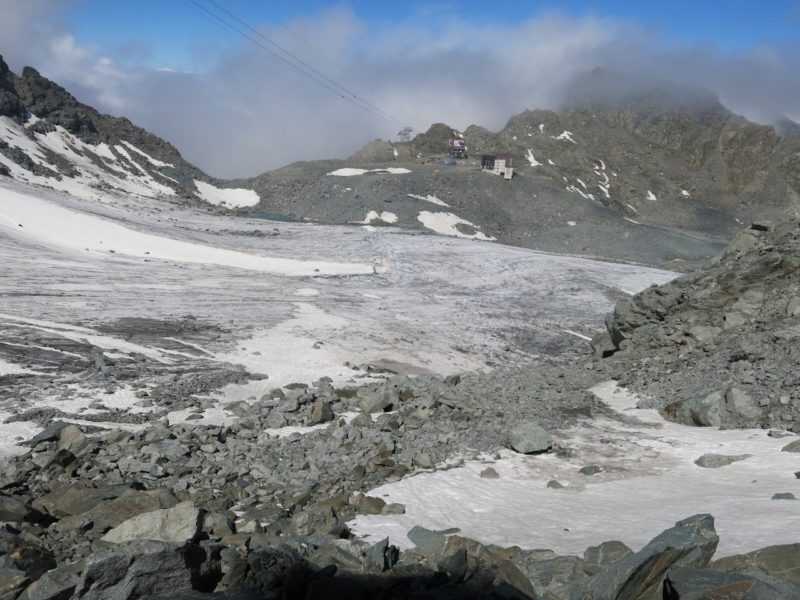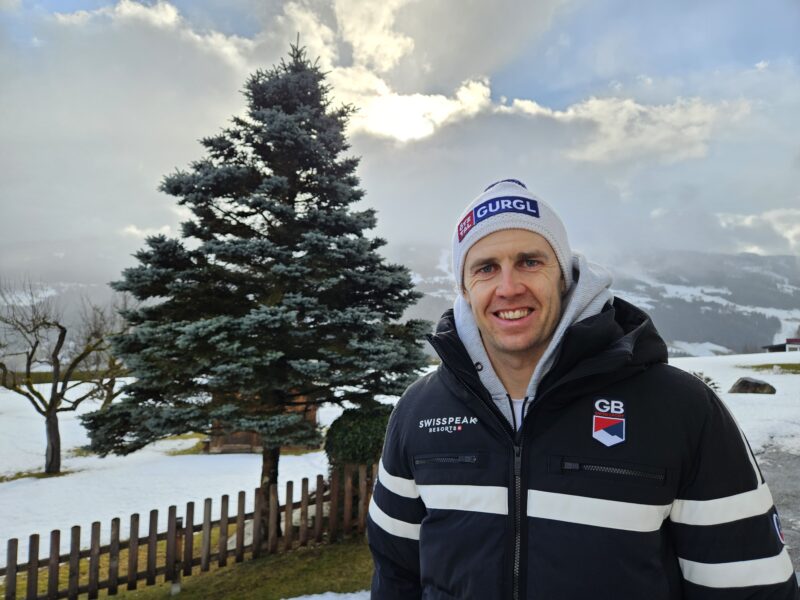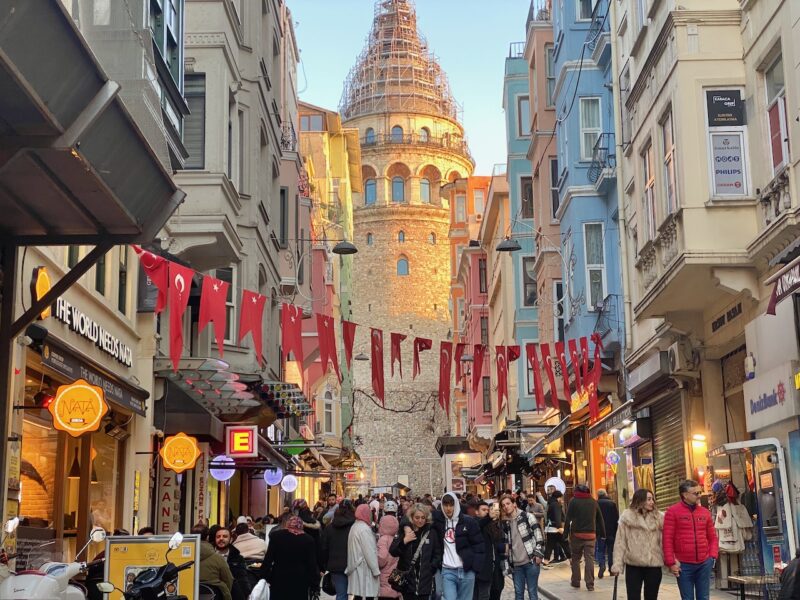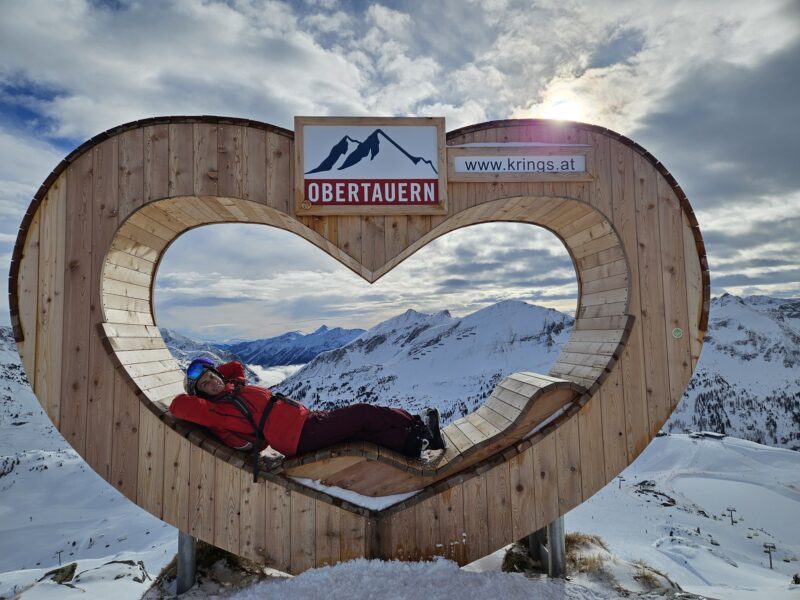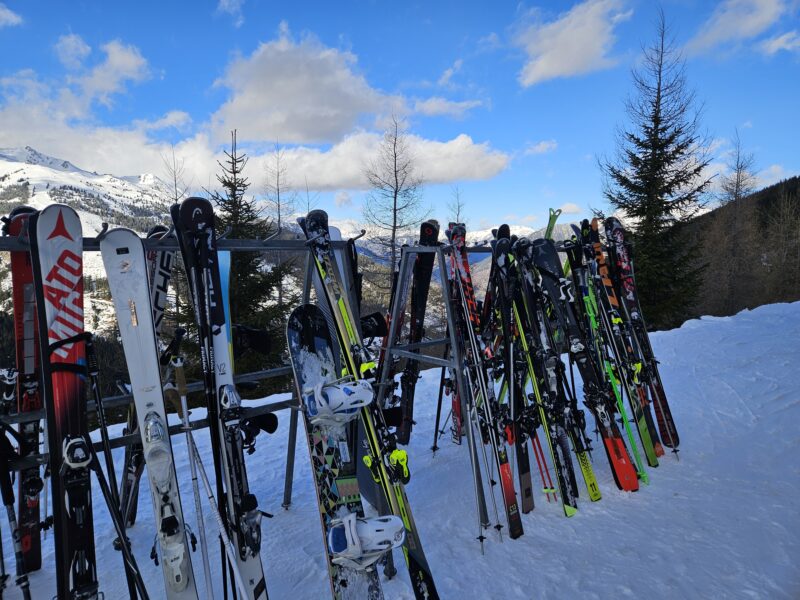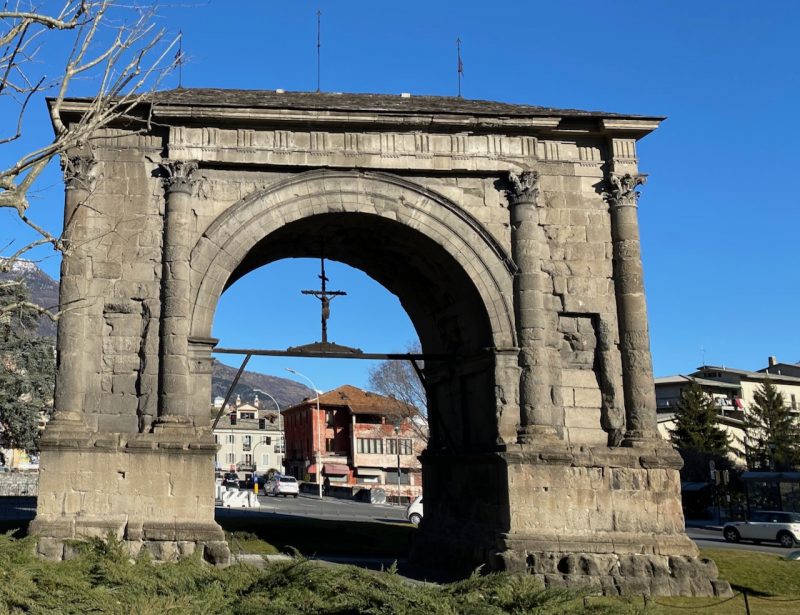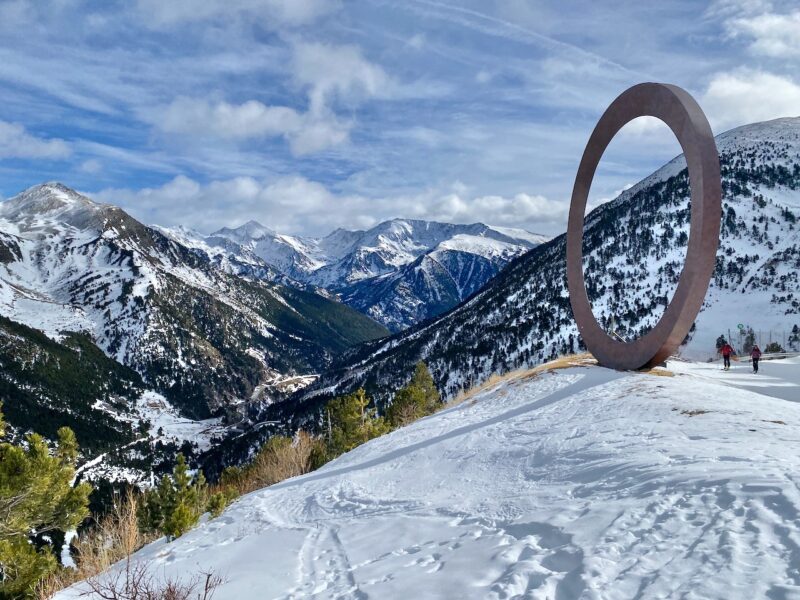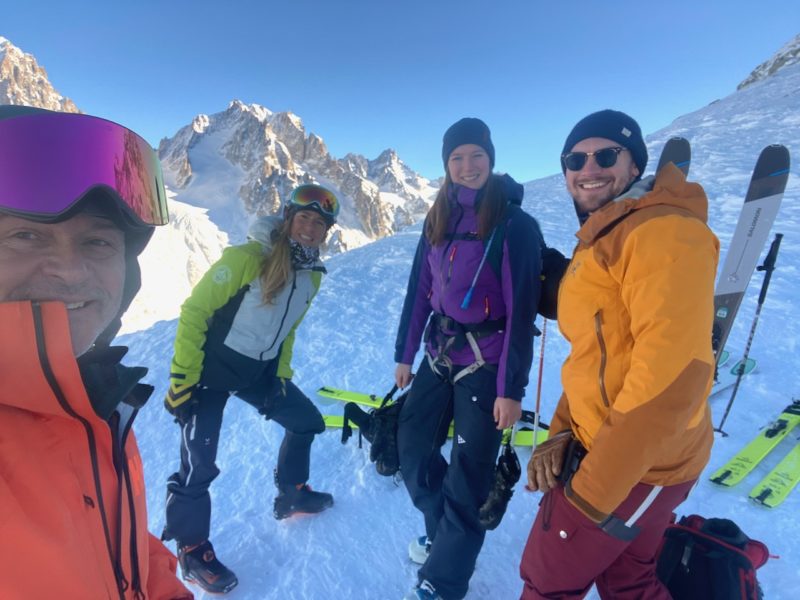Skiing, Snowboarding & Sustainability
6th April 2022 | James Cove, Ski Welt, Austria
Last modified on April 11th, 2022
Much is talked about environmental initiatives and sustainability. But is it even possible for ski resorts to be ‘green’? They are in pristine mountain environments, use large amounts of resources and that’s not even mentioning international travel. PlanetSKI examines the issues in the Ski Welt in Austria.
The Ski Welt comprises the resorts of Soll, Scheffau, Ellmau and Going in the Wilder Kaiser area, plus the resorts of Brixen in Thale, Westendorf, Hopfgarten and Itter.
It is linked to the Kitzbuhel ski area in the east of the Tirol and is one of the largest ski areas in Austria.
From an environmental point of view what is happening here matters.
Not least because it is relatively low with the skiing going from 620m – 1,957m.
Climate change and melting snow will have a direct impact on an area where around 75% of jobs are directly or indirectly related to tourism.
If the snow goes then the skiers go, and that would be an economic disaster.
“Tourism is not an end in itself and economic growth is not a mere premise,” said a CEO of Wilder Kaiser Tourism, Lukas Krosslhuber.
“At the same time economically succesful tourism, high quality of life and pristine nature need not be contradictory.
“Success requires rethinking tourism and constantly rebalancing its ecological , social and economic aspects.
“With responsible tourism as the driving force we will lead the Wilder Kaiser region into a new era of sustainability.”
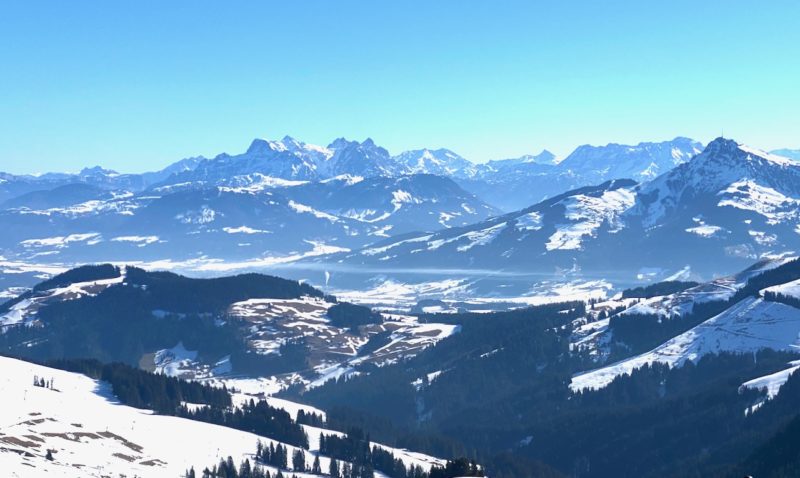
Ski Welt, Tirol, Austria. Image © PlanetSKI
The Ski Welt has no real choice except to pursue environmental objectives – small and individual projects, plus the ‘big picture’ initiatives that will be the proof in the pudding in the long-run.
We detail them later in this article.
The ski area in the eastern Tirol has picked up numerous awards and is proud of its current sustainability credentials.
In 2017 it was ‘Ecological Ski Resort of the Year’ at the World Snow Awards.
I was part of the judging panel, and its offerings impressed me and my fellow judges at the time.
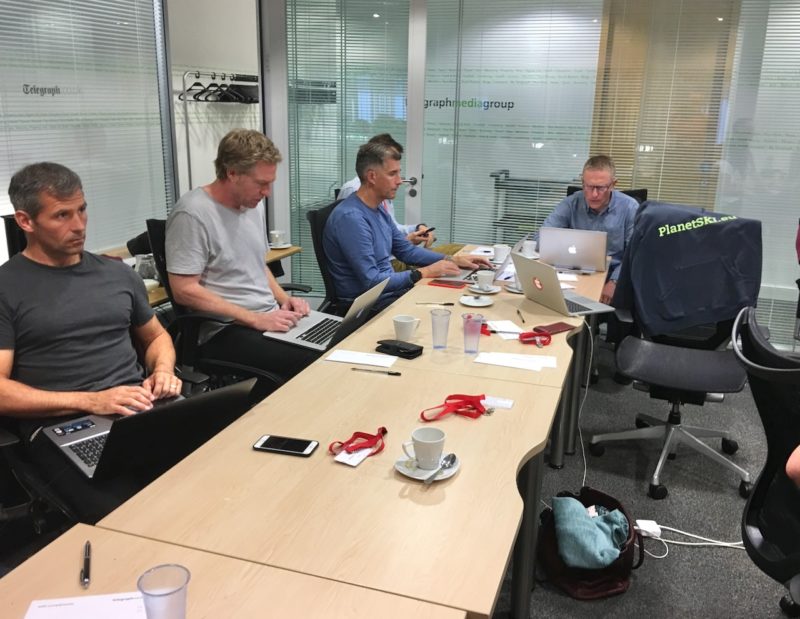
World Snow Awards. Image © PlanetSKI
It seems to have built on those beginnings.
The Ski Welt claims to operate in an environmentally responsible way and it has set itself some ambitious targets to improve matters.
In reality a giant experiment is underway here in the Ski Welt – there is money, commitments and initiatives a plenty.
If it works here, then other resorts should take note, and if it doesn’t…
It is worth looking in detail at the area’s approach.
Snowmaking, Lifts and Piste Preparation
“Ensuring the pistes are in perfect condition is the number one goal, as with poor snow and bad grooming people will not come to our area,” said the CEO of the Hopfgarten lift company, Stefan Grafl.
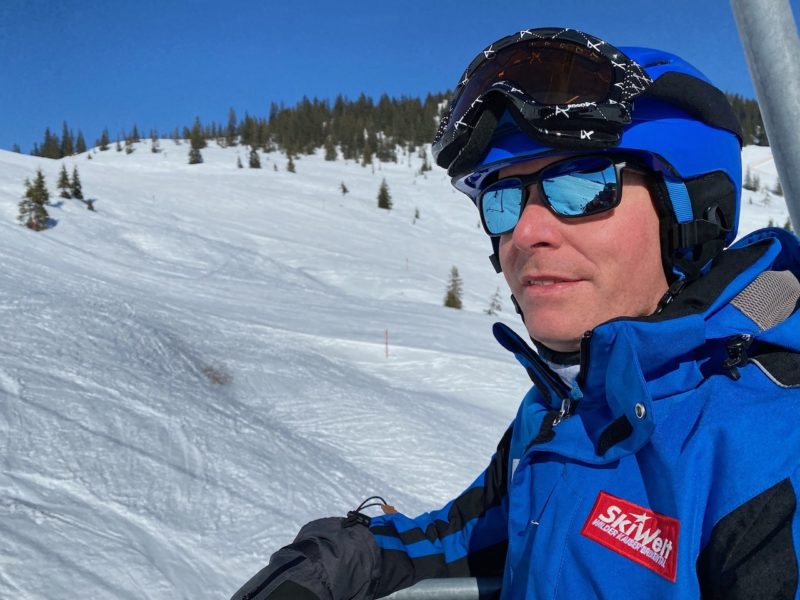
Stefan Grafl. Image © PlanetSKI
He took me on a tour of the snowmaking facilities and showed me the fleet of piste bashers and grooming techniques.
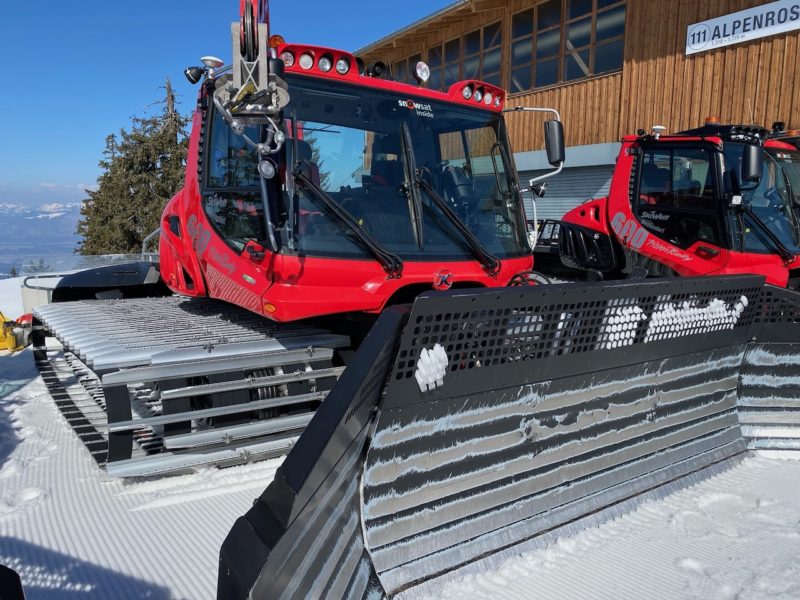
Ski Welt, Tirol, Austria. Image © PlanetSKI
The area has 70 groomers at an average cost of €400,000 each.
They last 8,000 to 10,000 hours – that works out as around 10 years in service.
They use satellite technology to measure the depth of the snow against the terrain to allow for better distribution of the snow and that involves less waste.
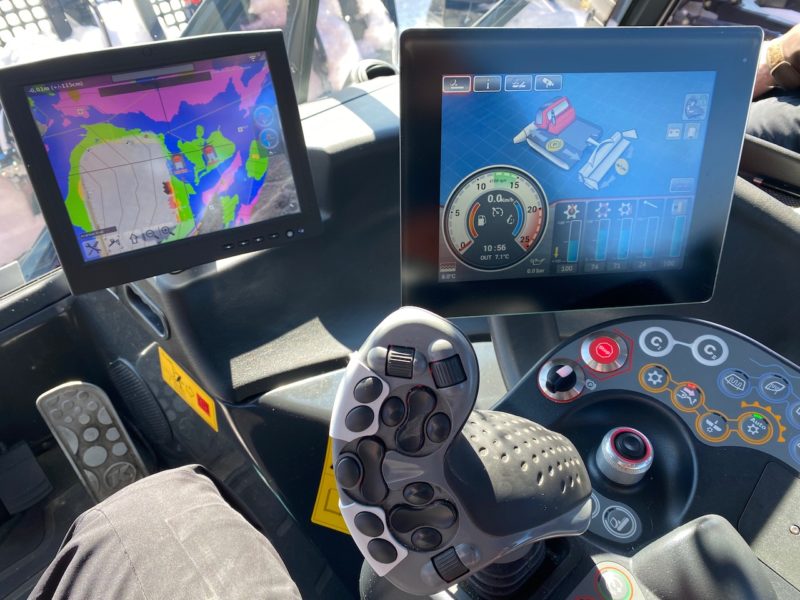
Ski Welt, Tirol, Austria. Image © PlanetSKI
The Ski Welt has 1,000 mobile snow cannons and 800 fixed ones.

Ski Welt, Tirol, Austria. Image © PlanetSKI
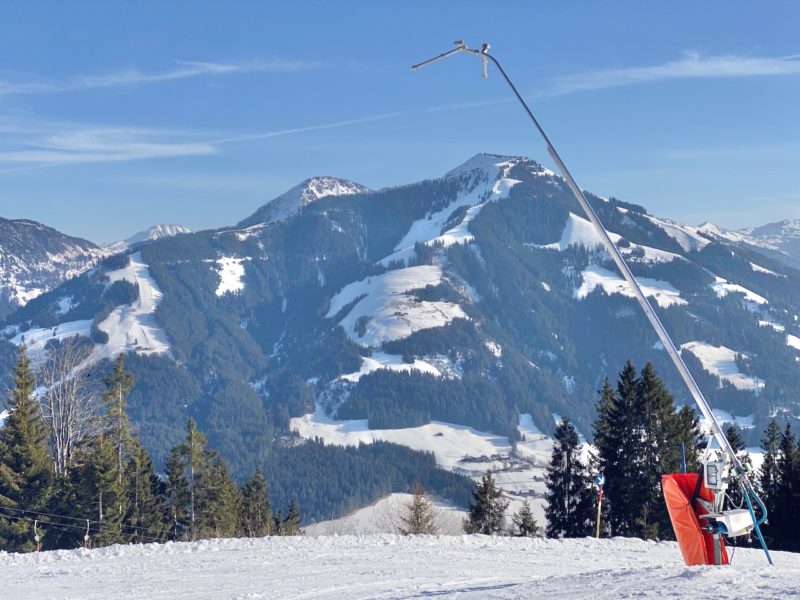
Ski Welt, Tirol, Austria.
80% of the ski area can be covered with artificial snow.
They are now essential to the preparation and season-round use of the slopes.
Without them skiing and snowboarding simply would not happen in its current way.
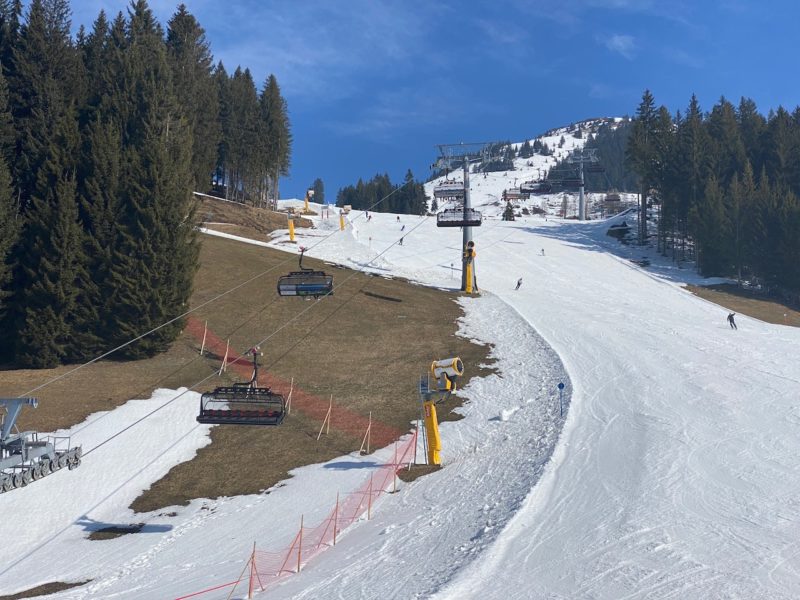
Ski Welt, Tirol, Austria. Image © PlanetSKI
Production of man-made snow begins in November and December, and is then topped up as required.
120kms of slopes can be prepared in three days if conditions are right.
There are no chemicals in the water used, and it is of drinking quality.
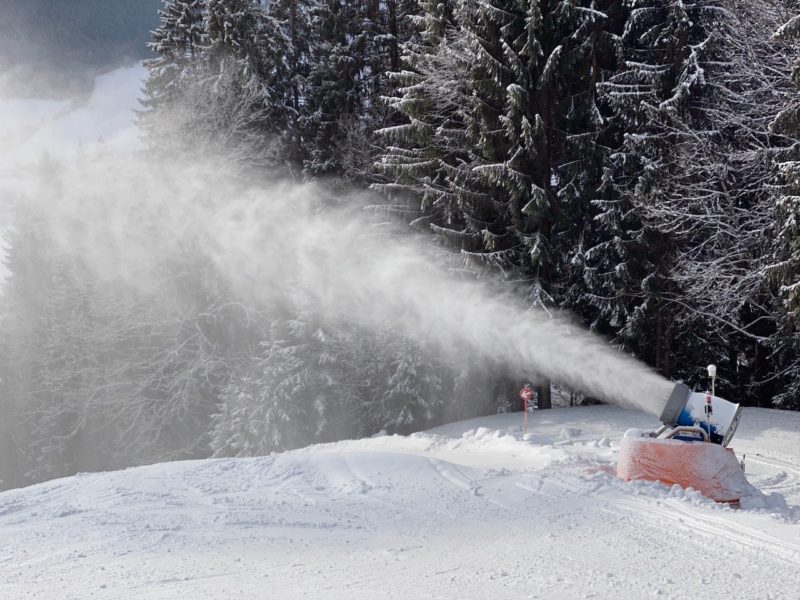
Ski Welt, Tirol, Austria. Image © PlanetSKI
There are 16 lakes around the ski area that are filled with melt water in the spring and then topped up with natural rainfall across the spring, summer and autumn.
I was told the water used is “mostly filled by naturally by the supply of snowmelt or rainfall.”
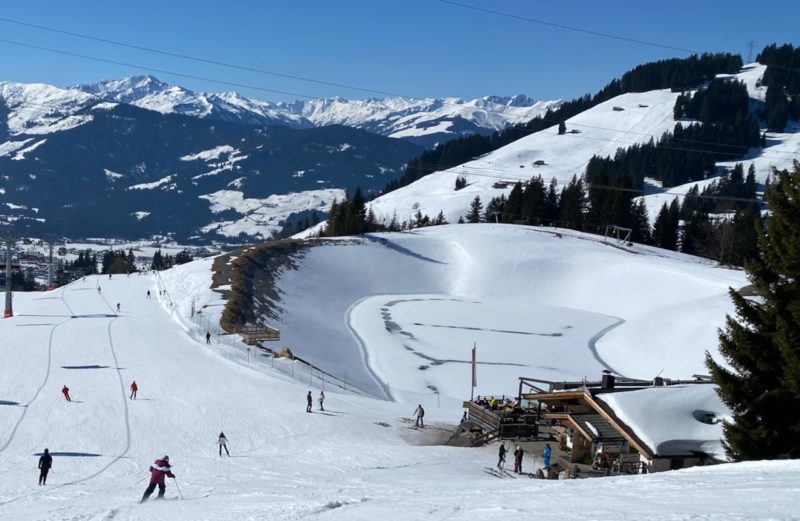
Ski Welt, Tirol, Austria. Image © PlanetSKI
The system only uses energy from hydro-electric power, provided by TIWAG, the Tirolean state energy provider.
Hydroelectricity is also used to power the entire lift system of 90 lifts that cover the 280kms of pistes in the Ski Welt.
The pump stations are discreet affairs, often unseen from the main slopes.
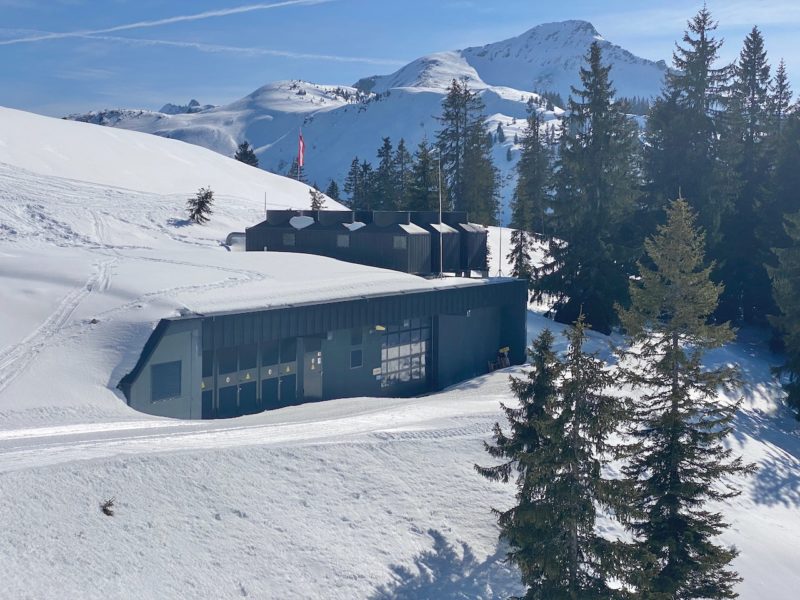
Ski Welt, Tirol, Austria. Image © PlanetSKI
Inside they are complex affairs.
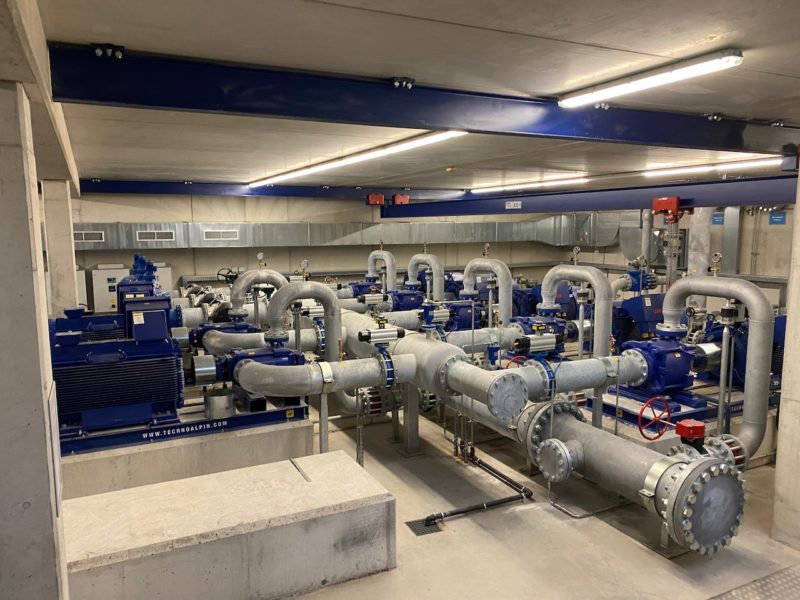
Ski Welt, Tirol, Austria. Image © PlanetSKI
“We control the system via computer, and can even activate the system using mobile phones,” said Stefan Grafl.
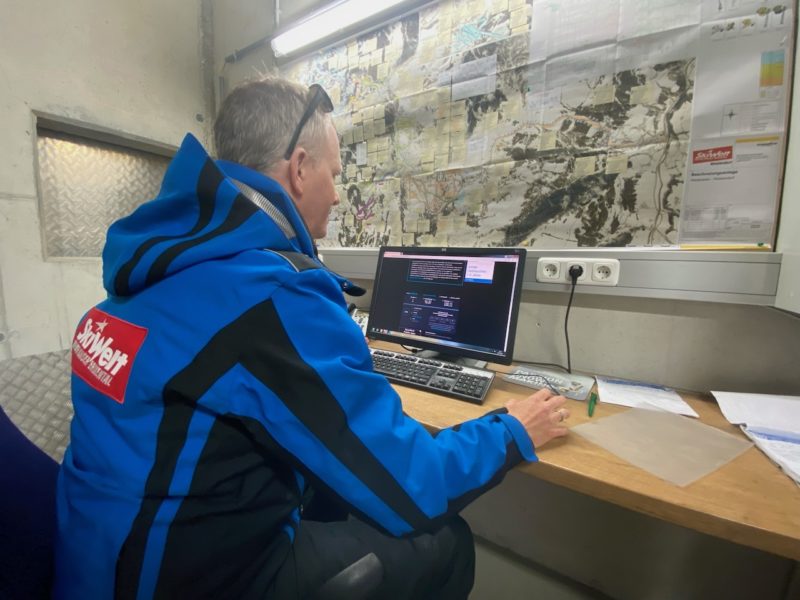
Stefan Grafl. Image © PlanetSKI
The Ski Welt was the first ski area to have a ski lift 100% powered by solar power, the Sonnenlift, and was installed in 2008.
It is a tow rope that is part of an important connection to the linked area, and it is still in operation.
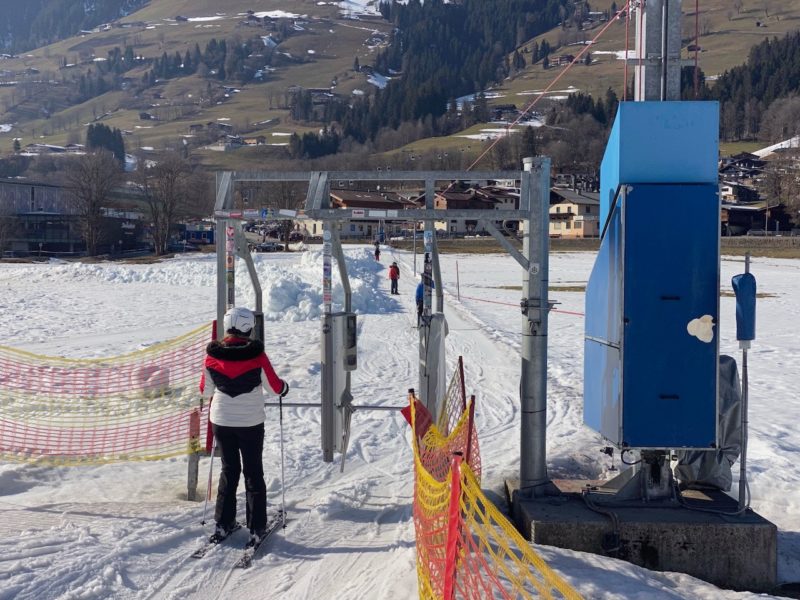
Ski Welt, Tirol, Austria. Image © PlanetSKI

Ski Welt, Tirol, Austria. Image © PlanetSKI
The Jochlift in Brixen, the Brandsadl facility and many others have partial use of solar power.
The mountain railway at Ellmau is building a 350-kw photovoltaic installation to power the valley and mountain railway facilities.
This restaurant is partially heated by the heat produced by a nearby lift.
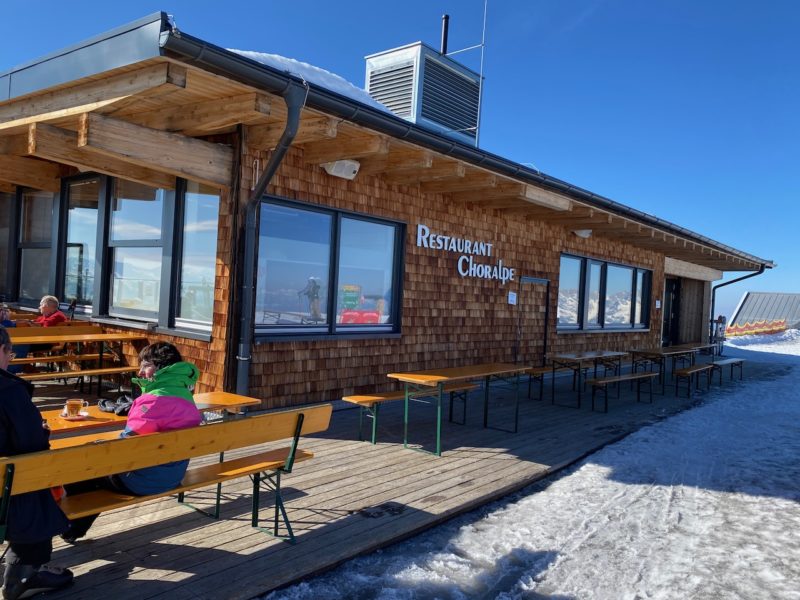
Ski Welt, Tirol, Austria. Image © PlanetSKI
Travel and Traffic
This is perhaps the biggest short-term problem.
With its numerous resorts and access points to the Ski Welt area many people drive to the lift stations.
The Ski Welt says it “wants to make it as easy as possible for people not to use their cars”.
This is not a snowsports area of ski-in and ski-out convenience.
Much accommodation is located away from the slopes and people need to get to the base lifts that serve the slopes.
The Ski Welt is making a determined effort to offer free shuttle buses, and it hopes to have electric buses shortly.
They are 40% more expensive, but there are government grants available.
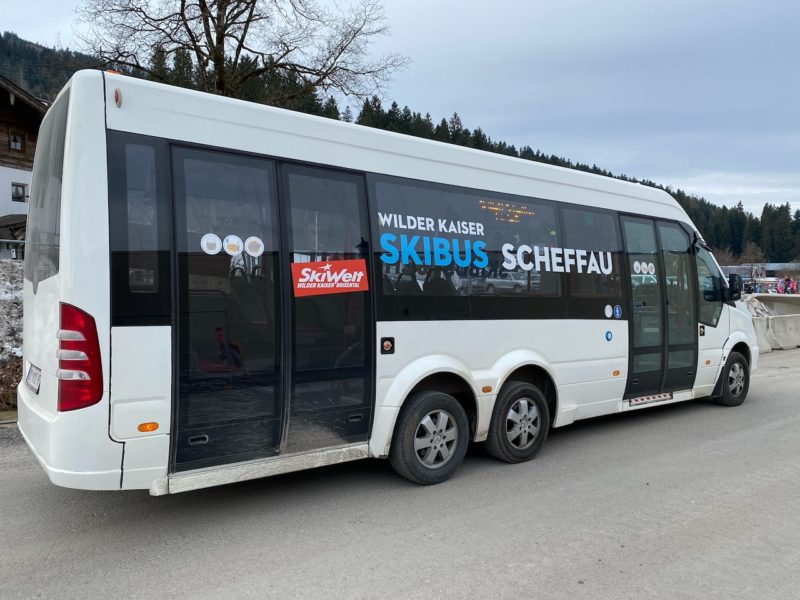
Ski Welt, Tirol, Austria. Image © PlanetSKI
The buses work for the British who mainly arrive by air into the airports of Innsbruck, Salzburg or Munich – they do not have the choice of using their car.
Not so for the tens of thousands of Germans who come from across the nearby border in their cars or the Dutch that come here in huge numbers.
Once in the Ski Welt for many it is easier to drive to the ski lift car parks than wait for a bus.
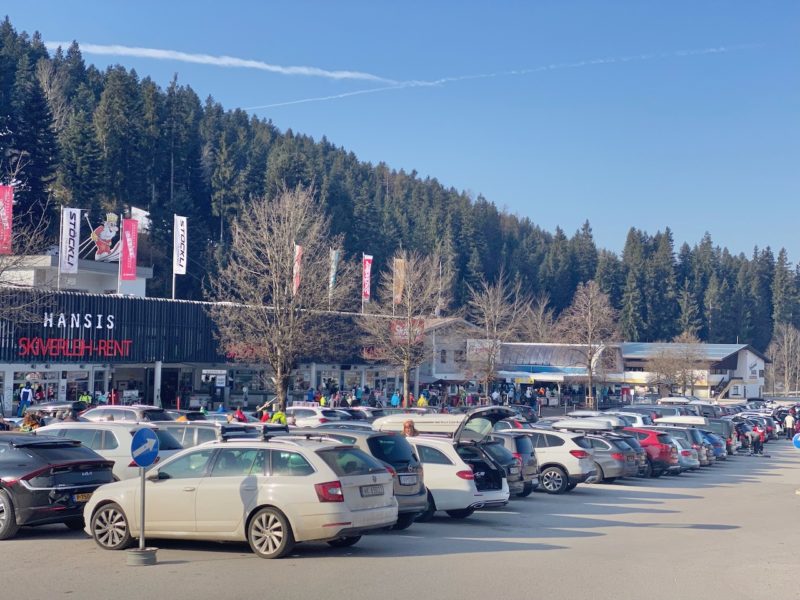
Ski Welt, Tirol, Austria. Image © PlanetSKI
Then there is the passing traffic.
Unlike the nearby Austrian valley areas of Zillertal, Otztal, Stubia, Pitztal and others it is not a dead-end valley, but rather a through route to other parts of the mountains.
It shows.
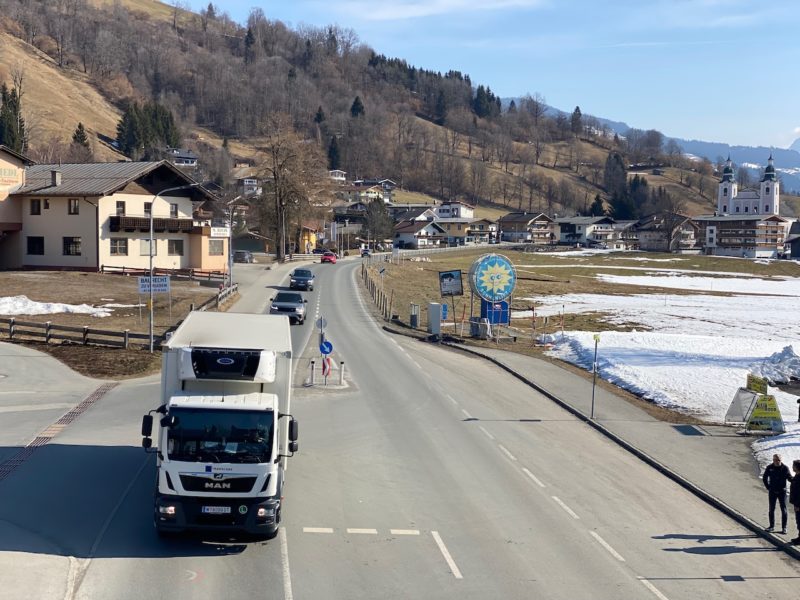
Ski Welt, Tirol, Austria. Image © PlanetSKI
For those that don’t drive they tend to arrive by plane and that leaves a significant carbon footprint.
From the UK it is possible to reach the area by ski train via Amsterdam in Holland on a special overnight service.
I made the journey back in January 2020, but it is not for everyone and only 3% of visitors to the area arrive by train:
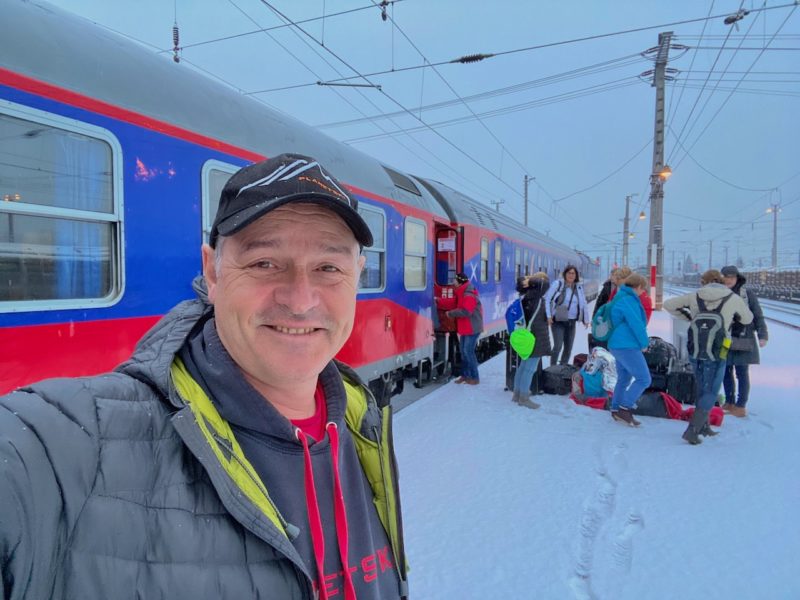
Alpine Express to the Austria. Image © PlanetSKI
A car journey is more than 1,000kms from Calais with an overnight stop usually required for those coming from the UK.
Environmental organisation – planning and initiatives
In 2017 the Wilder Kaiser tourist board launched a campaign to ask its members what it wanted and what tourism should look like.
How it can meet the needs of the people that holiday live and work, while still assuming responsibility for nature and society?
The result was a ‘Strategy for 2024’ with six declared fields of action:.
- We take responsibility for nature
- We support regional cycles
- We promote quality of life in the Wilder Kaiser Region
- We take social responsibility
- We experience the region together
- We work in tourism
There are plenty of individual initiatives taking place from re-cycling and re-use in the hotels, restaurants/bars and shops.
Most importantly is a drive to stop the excessive use of agricultural land and for businesses to buy local wherever possible and limit factory farming.
The region wants to be free from the excessive use of agricultural land and factory farming.
It says it want to “practice the traditions and customs authentically… without the risk of become an Alpine Disneyland”.
The Ski Welt has a mission statement as it pursues its path of sustainability for skiing and snowboarding.
“There are certainly no simple answers to all the questions. Nor can these areas of tension be resolved immediately,” said a statement for the Ski Welt it addresses the issues.
“Nevertheless as a region that lives form tourism, we are seeking answers bit by bit.
“We’re starting today rather than tomorrow, because we are all aware of one thing – if we want to lead our environment, our nature and our society into ta sustainable and liveable future for everyone then we cannot just sit back and continue with the status quo,
“It is time to actively shape our world and where better to start than right here at home?”
The key question is whether all the environmental initiatives taking place will make enough of a difference.
The answer is that nobody know at this stage.
When I was on the judging panel of the World Snow Awards back in 2017 I made a mental note to come to the area to see the initiatives with my own eyes.
I have now done so.
I have made another mental note to return to the Ski Welt after 2024, to see how the strategy is working.
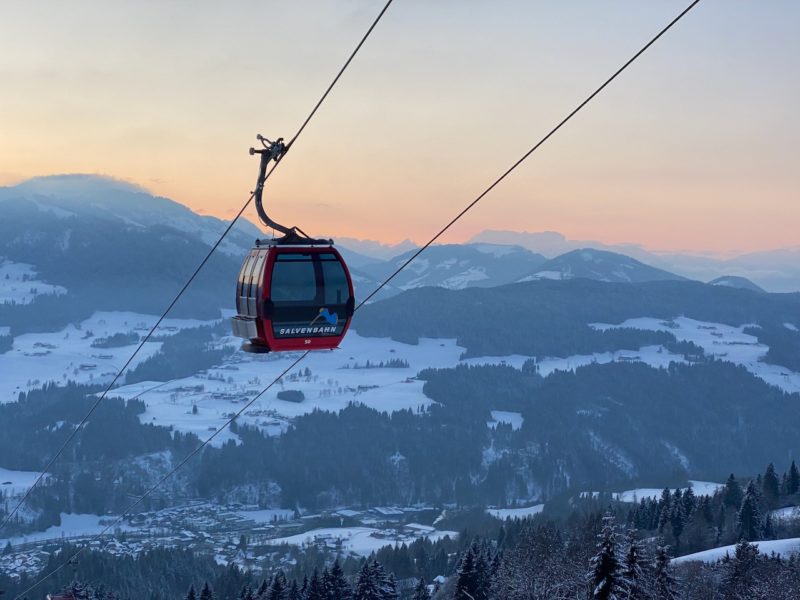
Ski Welt, Tirol, Austria. Image © PlanetSKI
Related Articles:
- Inghams acts on sustainability
- Eco stays in Isere
- A greener way to get to the Alps
- Sustainability award for Morzine-Avoriaz
Here at PlanetSKI we are shortly visiting Andermatt in Switzerland – another area that has embarked on a number of environmental initiatives.
Vail Resorts has recently taken a controlling interest in the resort and it will be interesting to see the impact.
Vail Resorts is part of a joint US initiative by US businesses to improve the environmental situation:
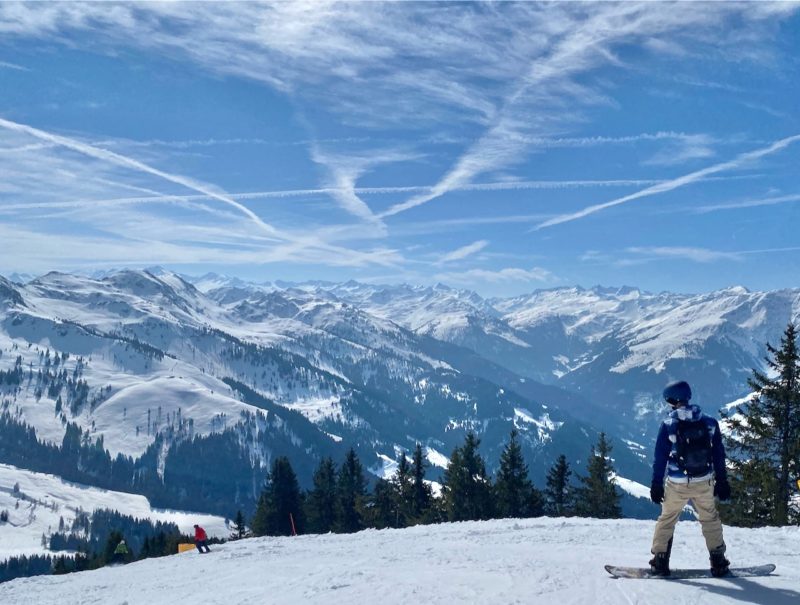
Ski Welt, Tirol, Austria. Image © PlanetSKI
About the region “Wilder Kaiser” (Ellmau, Going, Scheffau and Söll):
The Wilder Kaiser region is located in the eastern part of Tirol, Austria, at the foot of the mountain range of the same name.
It comprises the four towns of Ellmau, Going, Scheffau and Söll.
The region is ideal for numerous mountain sports as well as culinary delights, enjoyment and rest & relaxation.
SkiWelt Wilder Kaiser-Brixental, is one of the largest and most modern ski resorts in the world boasting 288 km of slopes, 90 lifts and more than 80 mountain huts.
The ski resort is located opposite the Kaisergebirge mountain range, which has been designated a nature reserve.
The region is about an hour’s drive from Innsbruck, Salzburg and Munich, and is easily accessible via public transport from the Kufstein, Wörgl or St. Johann in Tirol train stations.
During your stay, you do not need your own car thanks to a wide range of transport options.

